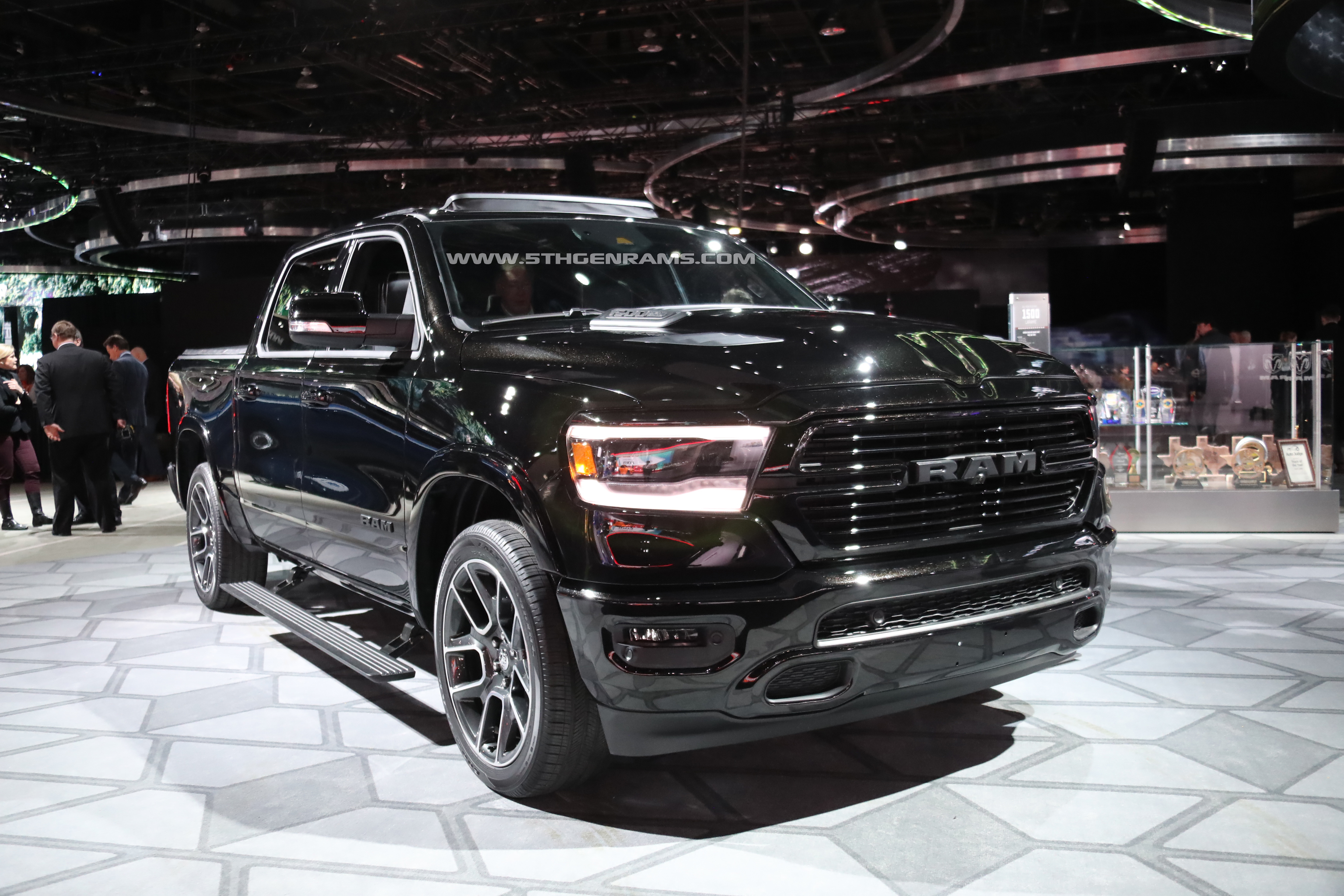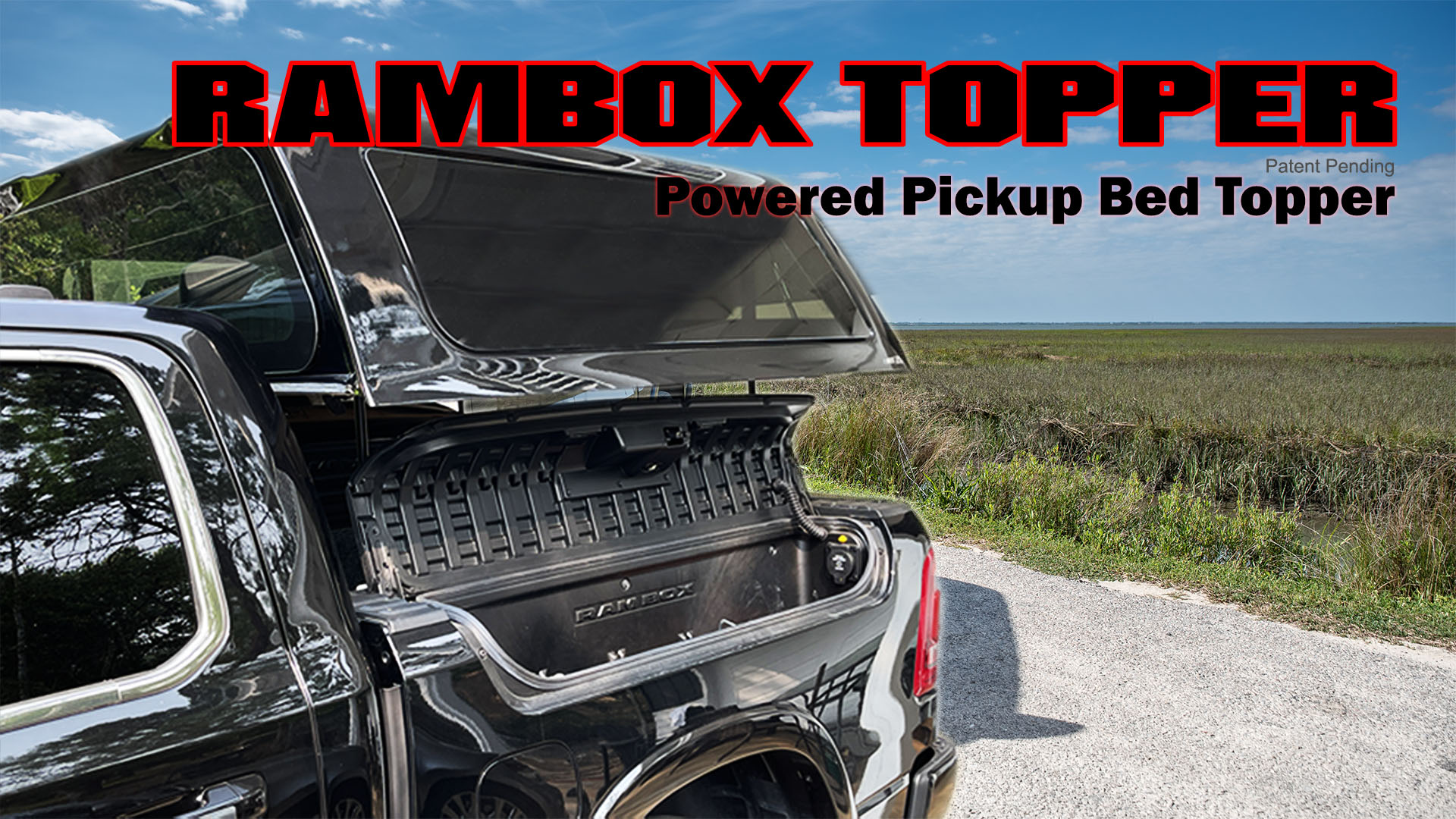As an engineer who works for the largest marine engine OEM in the world and who has been in the marine/automotive engineering industry for over 15 years, I have an intimate understanding of, as you say, "new electronic systems" and it is due to this understanding that I have come to the conclusion that having a vehicle rendered inoperable after a jump start due to a weak battery is absolutely absurd. You are right, all the various systems/sensors/CAN networks/etc do need proper voltage; however, they all have that proper voltage when the engine is running, regardless of the state of the battery, as provided by the alternator/voltage regulator. The alternator in our trucks have an output capacity of 160 amps. If you could, which you can't, run every single system on this truck simultaneously, short of the starter, you would be nowhere close to consuming 160 amps. In other words, the alternator can support everything required to run the truck, even with a weak battery; however, must consider that the 160 amps is peak amps at an optimal RPM. If the available amps at lower RPMS were to drop below amp demands, system strategies can be created to focus on powering essential systems or recharging the battery quickly by limiting the A/C, blower speeds, and other power sucking non essential devices. Raising the idle RPM in times of need also has a large effect on available amps. In short, if my battery runs low and I need a jump, show me a warning saying my ABS in unavailable, significantly raise the idle RPM for extra available amps, turn off my AC, etc, but let me drive.
Edit: Thinking through this some more. The single outlier that could potentially warrant limiting a vehicle's operation would be related to proper electronic power steering response. Some EPS systems can draw very large amounts of current and could feasibly depend on a strong battery as a reserve during events where EPS amperage spikes briefly beyond the available amps. If a battery is dead, the EPS system may not be able to give full authority in all situations. For liability reasons, the decision may have been made to render the truck inoperable until sufficient battery reserve has been obtained for full EPS response. IF that is the case, with the truck running after being jumped, the RPM should be raised to up the charging amps, all non-essential systems should be turned off except for possibly HVAC depending on ambient conditions and there should be a message screen that shows me how much time remaining until sufficient charge has been obtained and vehicle operation can be resumed. Just a theory.
Disclaimer: My opinion may be worth what you paid for it.













